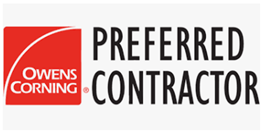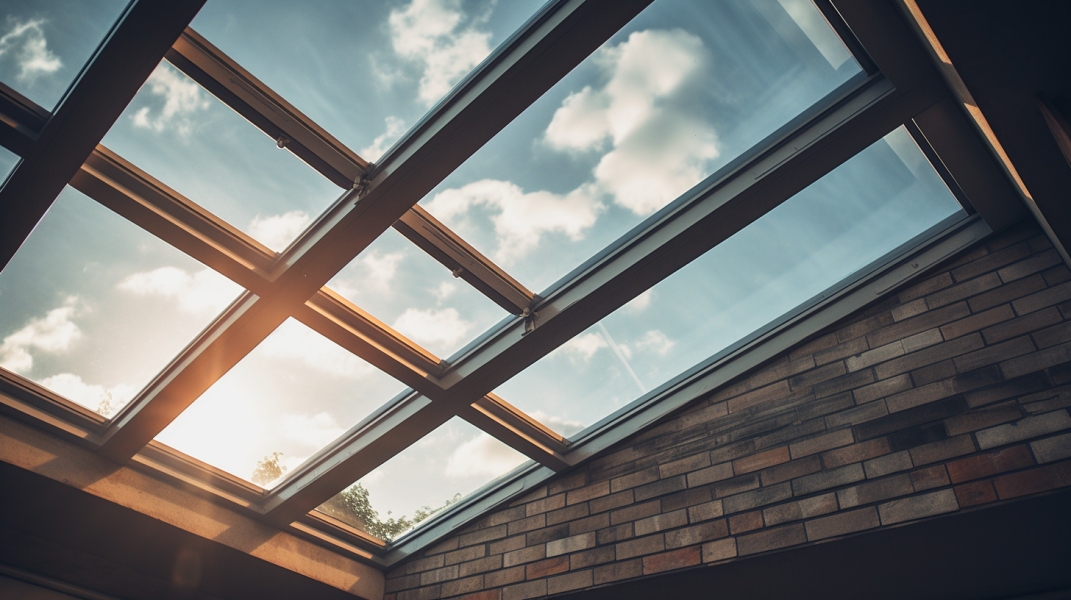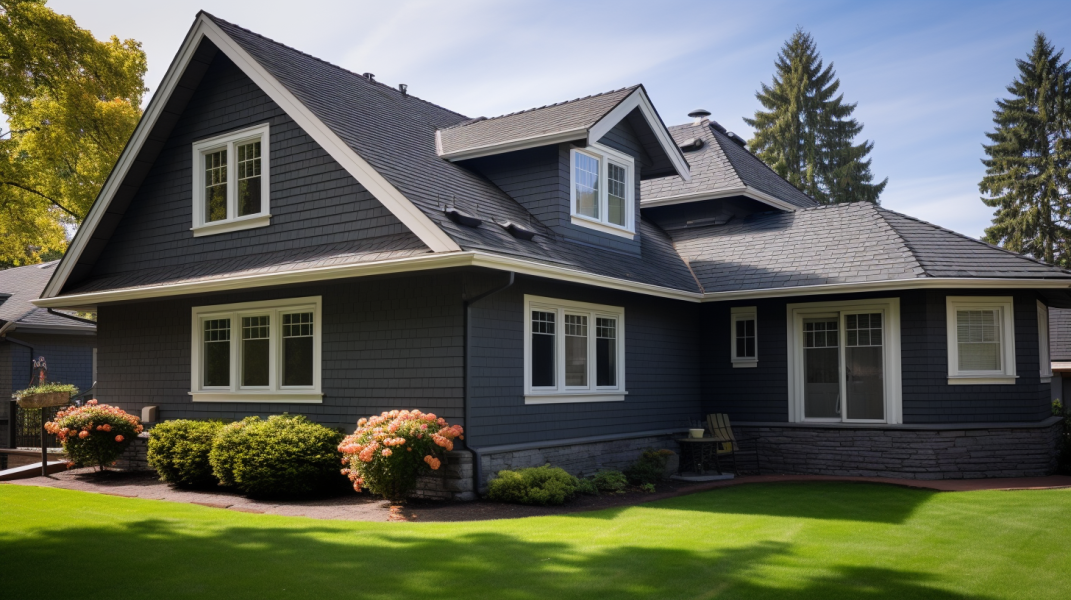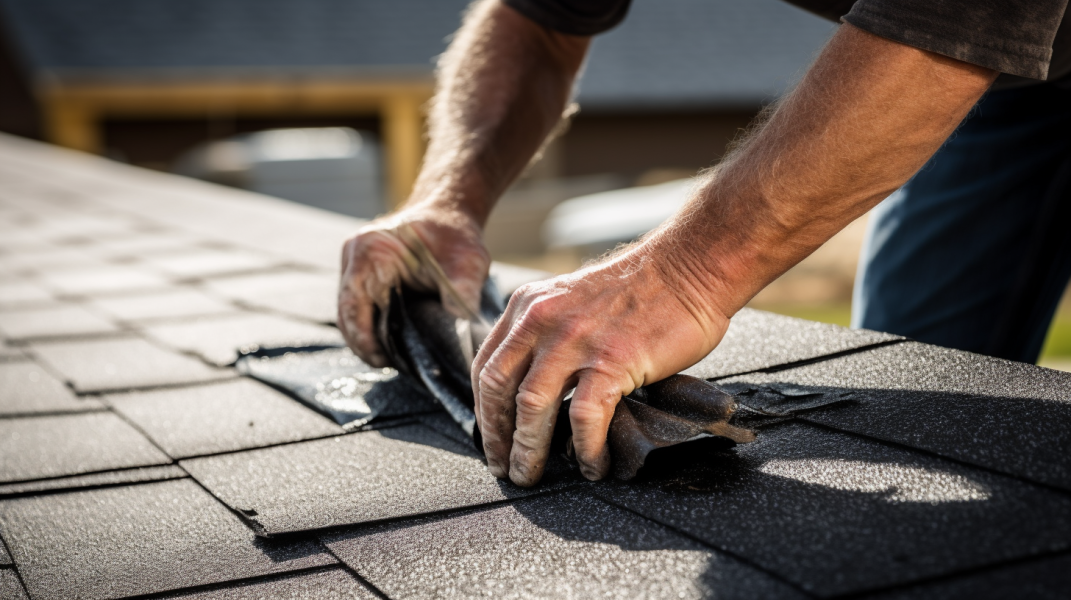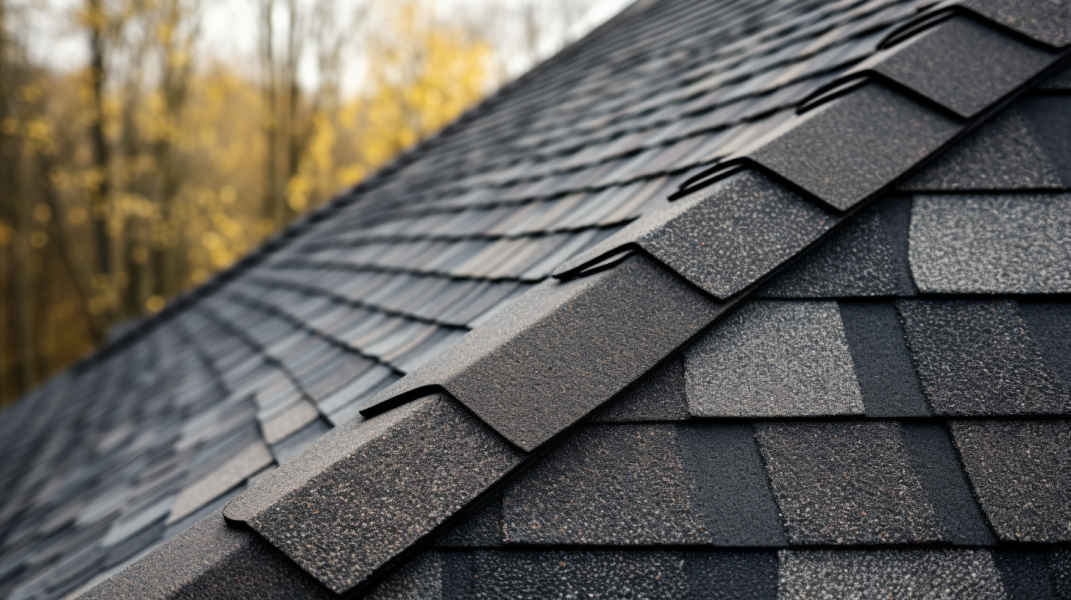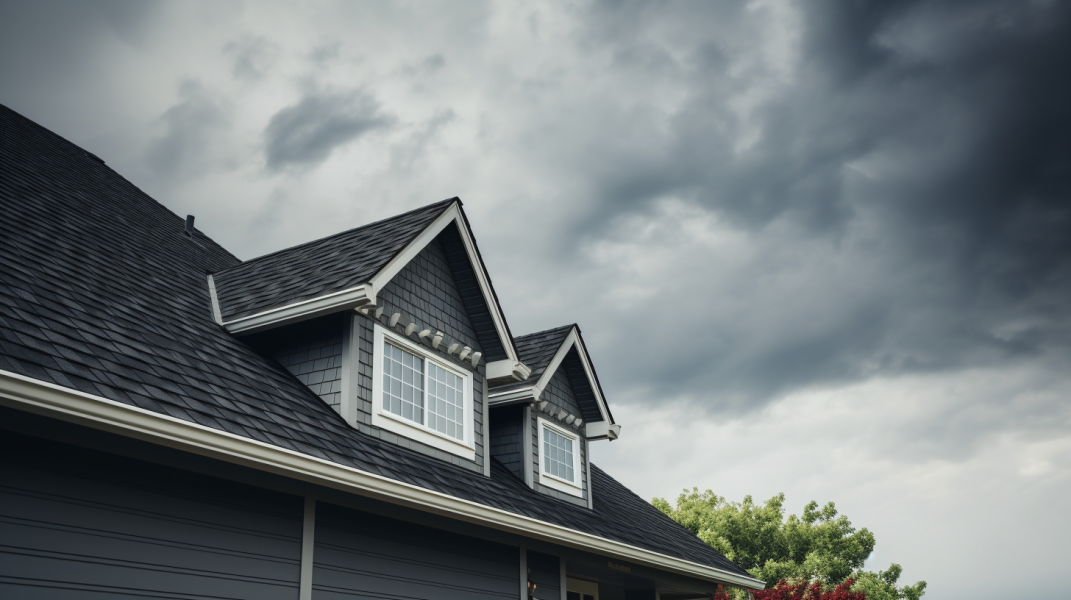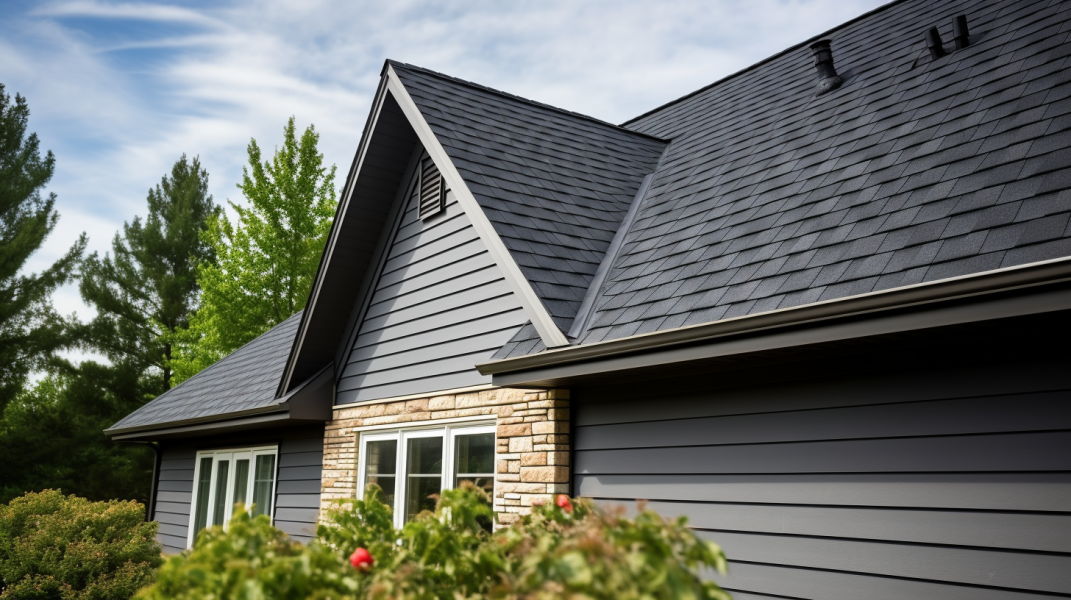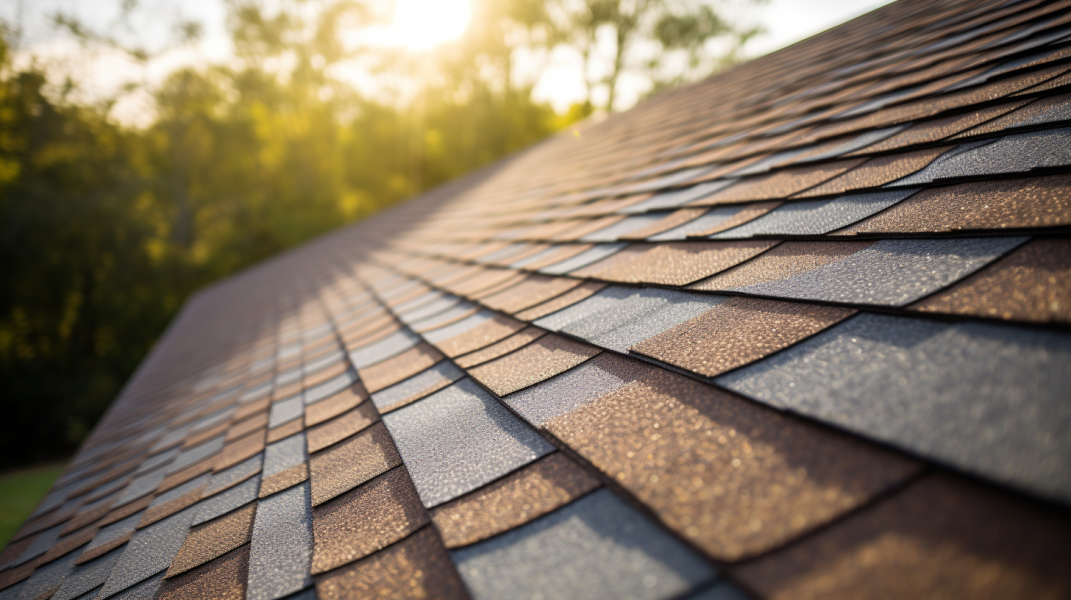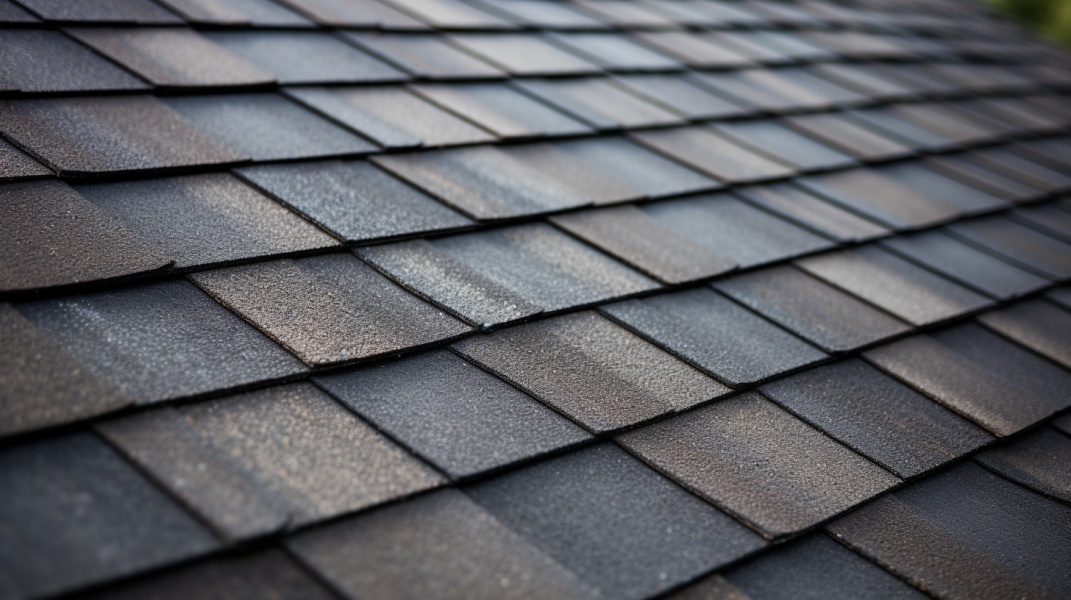How Much Hail Damage to Replace Roof?
You've just experienced a fierce hail storm, and you're now standing in your yard, looking up at your roof with apprehension. How much hail damage is too much? Understanding how much hail damage to replace a roof can save money and minimize repair costs. This article aims to answer those questions for you.
What is Hail Damage and How Does it Affect a Homeowner?
Hail damage refers to the destruction caused by hailstones—frozen pellets that fall from the sky during intense storms. These stones can range in size from tiny pellets to the size of a softball. When a hail storm occurs, these ice pellets can cause substantial damage to properties, with roofs being particularly vulnerable.
For a homeowner, hail damage can be a significant concern. Here's how it affects you:
Property Damage
The most immediate impact of hail damage is physical damage to your property. This includes your roof, windows, siding, and even your vehicles. Regarding your roof, hail can cause everything from minor cosmetic issues to significant structural damage.
Financial Implications
Hail damage can lead to high repair costs for minor roof repairs or a full roof replacement. Dealing with an insurance company can also be stressful, as you must file an insurance claim, await an inspection by an insurance adjuster, and then navigate the settlement process.
Home Value
Hail damage, if left unrepaired, can decrease the value of your home. Future buyers will likely require a lower price to account for the cost of repairs or replacements. You can call for a hail damage roof inspection to determine just how much of your roof is affected.
Safety Concerns
In severe cases, hail damage can compromise the structural integrity of your home, leading to safety issues. Hail damage cause roof leaks, leading to water damage inside your home. In the worst cases, a severely damaged roof could potentially collapse.
Insurance Rates
After a hail damage claim, some homeowners may see an increase in their homeowner's insurance rates. While this isn't always the case, it is possible, especially if you live in an area prone to hail storms.
Emotional Stress
Dealing with hail damage can be emotionally stressful. There's the immediate shock and concern after the storm, followed by the potential stress of dealing with repairs, replacements, and insurance adjusters due to a roof damage.
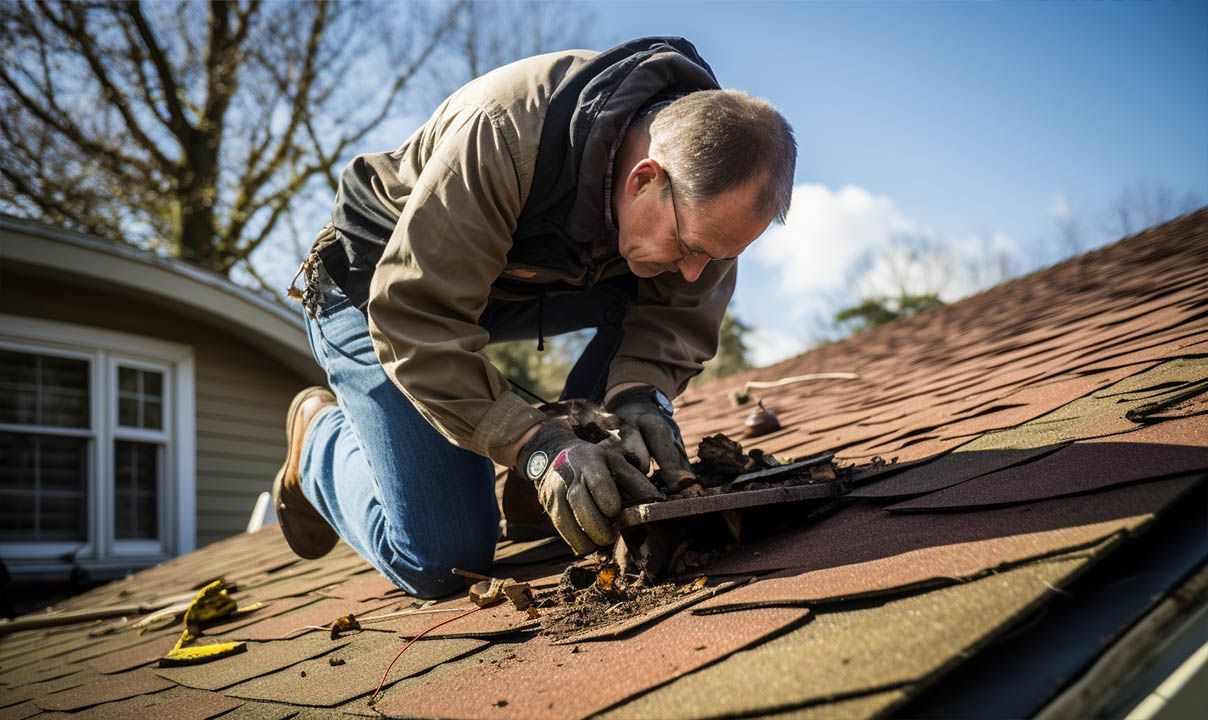
How to Spot a Storm Damage
When looking for hail damage, several indicators can tell you if your roof has sustained significant damage. Keep in mind that a professional roof inspection is the best way to confirm hail damage, but these are signs you can look for immediately after a storm.
Visibly Damaged Shingles
Check your roofing shingles for any signs of damage. Asphalt shingles and wood shingles may show signs of impact from large hailstones, such as dents, bruises, or even missing shingles. On metal roofing, hail hits can cause dents or damage entire panels.
Roof Leaks
One clear sign of severe damage is roof leaks. Damage caused by hail can lead to roof leaks, especially in flat roofs or in roofs made from certain roofing materials like wood shake roofs.
Damaged Roof Flashing
Inspect your roof flashing. Hail damage can lead to bent or broken flashing, which can potentially cause further damage to your roof. A reliable roofer may offer a free roof inspection to determine the extend of these damages.
Roof Vents and Other Structures
Roof vents, chimneys, and other structures on your roof are not immune to hail damage. Dents, cracks, or other visible damage on these structures may indicate a hail-damaged roof.
Hail Damage in Wooded or Urban Areas
Hail damage might not be limited to just your roof. If you live in wooded or urban areas, check for damage to surrounding trees and buildings, which might give you an indication of the storm's severity.
Look for Granules in Gutters
If you have asphalt roofing shingles, check your gutters for granule loss. A lot of granules in your gutters could suggest your roof has sustained hail damage.
Missing Shingles
If you find missing shingles after a hail storm, this could indicate substantial roof hail damage.
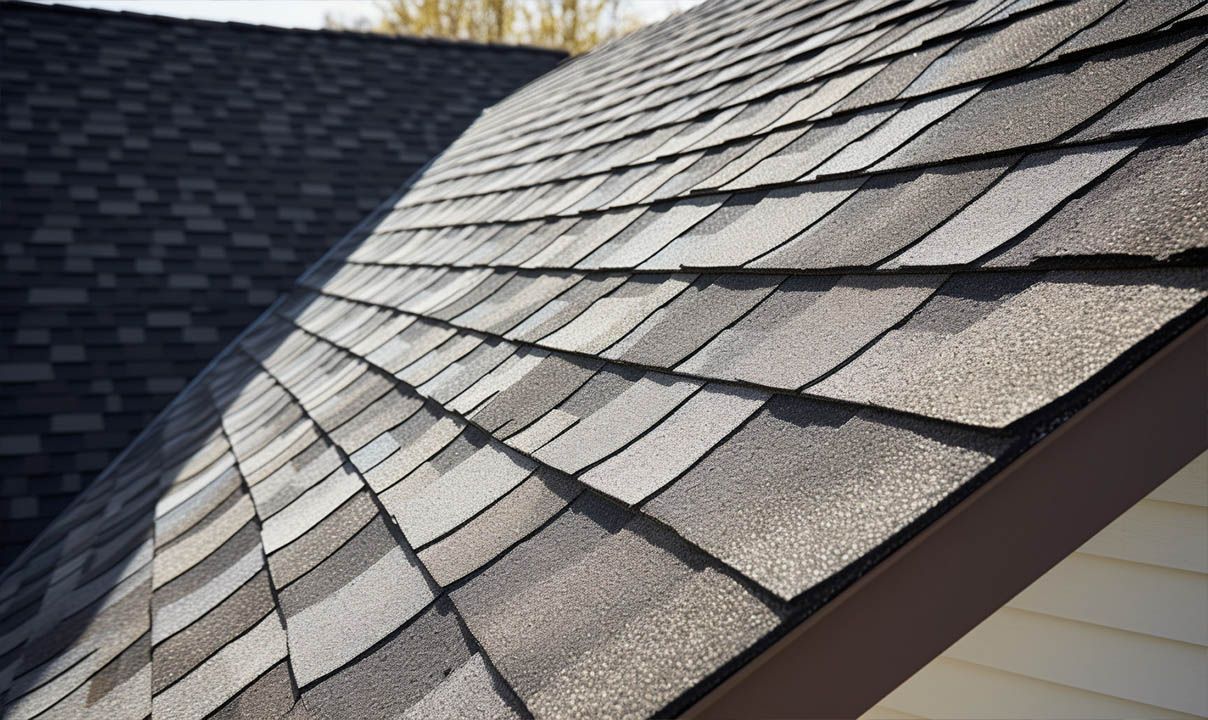
How Much Hail Damage to Replace Roof?
When deciding whether a roof should be repaired or replaced due to hail damage, the extent of the damage is a critical factor. But how much hail damage is too much? What constitutes 'extensive' damage that warrants a full roof replacement? Here are some key factors to consider:
Percentage of Damaged Roof
A crucial factor in determining whether a roof needs to be replaced is the percentage of the damaged roof. A repair might be sufficient if only a small section of your roof has sustained hail damage. However, if a large portion - typically over 30 to 40% - of your roof is damaged, opting for a full roof replacement is often more cost-effective.
Structural Damage
Any signs of structural damage, such as a sagging roof or significant denting that may compromise the roof's structural integrity, usually warrant a roof replacement. Even if the damage appears localized, it could signify more widespread issues that aren't immediately visible.
Age and Condition of the Roof
The age and condition of your roof before the hail storm can also influence the decision. If your roof was already nearing the end of its lifespan or was in poor condition, it might be more economical to replace rather than repair it, even if the hail damage is not extensive.
Underlayment and Decking Damage
Suppose the hail storm was severe enough to damage the visible roofing material (shingles, tiles, metal panels) and the underlying roof deck and underlayment. In that case, replacement is usually the better choice.
The Extent of Interior Damage
If the hail damage has led to leaks causing significant interior damage - such as water stains, mold, or structural damage inside your home - a full roof replacement might be necessary to ensure the roof is adequately sealed and protected.
Repair vs. Replace: Comparing the Two Options
Deciding between roof repair and roof replacement after hail damage often depends on the extent of the damage, the age of the roof, and advice from professional roofing contractors. Here are six signs that suggest it might be time to replace your roof rather than repair it.
Persistent Roof Leaks
Roof leaks resulting from hail damage are common, and while some may be patchable, persistent leaks are often a sign that a full roof replacement is necessary. These leaks can indicate more significant structural issues that patching or minor repairs cannot resolve.
Significant Granule Loss
While minor granule loss from asphalt shingles can be expected over time, a significant loss of granules due to a hail storm often indicates a need for replacement. Granules protect the shingles from UV rays and weather; their loss can lead to accelerated roof aging.
Widespread Shingle Damage
If a large portion of your shingles is cracked, dented, or missing following a hail storm, replacing the entire roof may be more economical and safer. Repairing individual shingles across a large area can be time-consuming and costly.
Recurring Repair Costs
If your roof has suffered multiple bouts of hail damage and you find yourself repeatedly paying for repairs, it might be time to consider a full roof replacement. Over time, the cost of continual repairs can exceed the cost of a new roof, making replacement the financially sound choice.
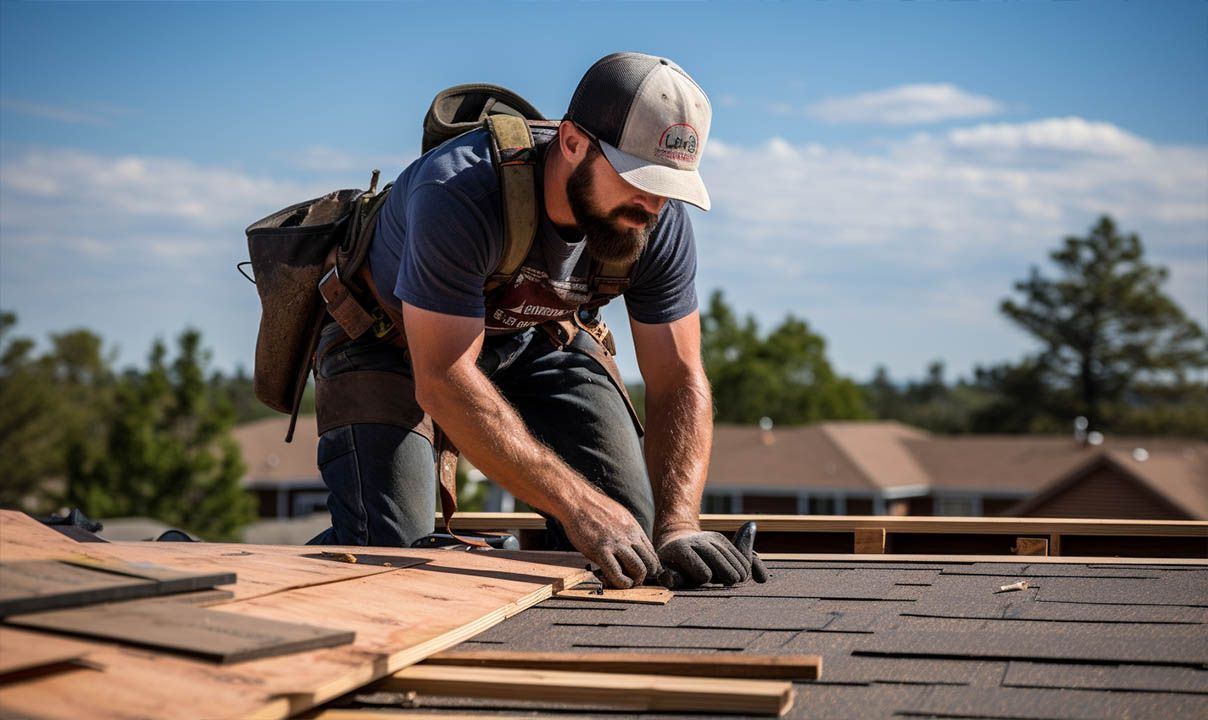
How Much Does Hail Damage Repair Cost?
Repair costs for hail damage vary widely based on the severity of the damage, the size of your roof, and the type of roofing material. A homeowner's insurance may cover even the most significant hail damage issues.
however, you still need to know how much it will cost you. Here's a look at the potential cost of replacing different types of roofs after hail damage:
Asphalt Shingles
Asphalt shingles are among the most common roofing materials. The cost to replace asphalt shingles that have suffered hail damage can range from $350 to $550 per square (a 'square' in roofing terms equals 100 square feet). This pricing can include removing the damaged shingles, installing new roof shingles, and disposing of the old material.
Wood Shingles
Wood shingles are typically more expensive to replace than asphalt shingles. The cost for wood shingles can range from $700 to $1000 per square, depending on the type and quality of the wood used. Hail damage to wood shingles can cause cracks or splits in the wood, necessitating replacement.
Metal Roofing
Metal roofing is more resistant to hail damage than asphalt or wood shingles, but it can still sustain damage from large hailstones. The cost to replace damaged metal roofing can range from $1200 to $1500 per square. This cost can fluctuate based on the type of metal used and the complexity of the installation.
Flat Roofs
Flat roofs, often made from materials like PVC, TPO, or EPDM, can also sustain hail damage. The cost to replace these materials can range from $300 to $500 per square, though costs can vary widely based on the specific material and the extent of the damage.
Tile Roofs
Tile roofs, which include clay, concrete, and slate tiles, can be significantly more expensive to replace. The cost can range from $1000 to $1500 per square or even higher for premium materials like slate.
It's important to note that these costs are estimates, and repair or replacement costs can be higher or lower based on various factors. It's always a good idea to get a professional inspection and multiple quotes from experienced roofing contractors to understand the full scope of the damage and the associated costs.
Conclusion
It's worth noting that determining whether a roof should be repaired or replaced due to hail damage should not be a decision you make alone. Always consult a professional roofing contractor who can assess the damage and provide expert advice based on your situation. Furthermore, your homeowner's insurance company can also provide guidance, especially as their coverage may influence the financial aspect of the decision.
Nova Home Improvements is one of the best companies offering roof inspection and hail damage repairs. Consulting with such a company can help you make a more informed decision.
BROWSE OUR WEBSITE
CONTACT INFORMATION
Address: 764 Springfield St, Agawam MA 01030
Phone: (413) 455-8218
Email: novahome2021@gmail.com
License Numbers:
Ct hic 0666426
Mass Hic203142
Mass Csl116158
BUSINESS HOURS
- Mon - Sat
- -
- Sunday
- Closed


100% with no payments for a year financing available
100% financing at 0% interest for one year through GreenSky
ACH Available


